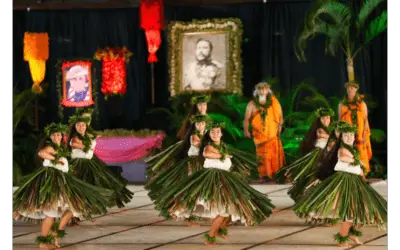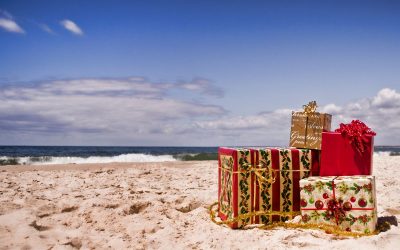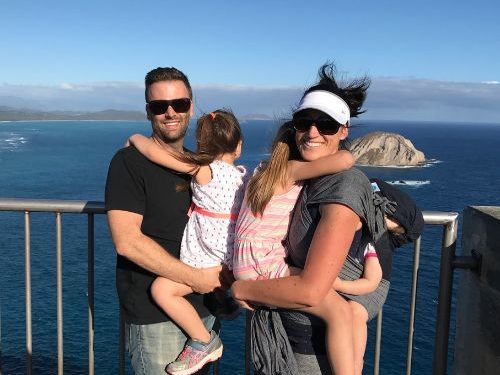Best Time to Visit the Big Island of Hawaii: A Comprehensive Guide for 2024

Are you curious about the best time to visit the Big Island of Hawaii? This travel guide aims to simplify your planning process, ensuring your trip to this enchanting Hawaiian island is nothing short of spectacular.
With its unique blend of natural beauty, rich culture, and thrilling activities, the timing of your visit significantly influences the quality of your experience.
From surfing adventures to serene beach days, we’ll guide you through the seasons, highlighting when to enjoy the warmest weather, score the best hotel deals, and avoid the peak number of visitors.
Hawaii’s Big Island boasts year-round appeal, but certain months offer distinct advantages depending on what you want to do.
We’ll provide month-by-month travel tips, from the best time to travel for sun-seekers to the ideal months for those looking to explore the Big Island’s lush landscapes without the crowds.
Planning a trip to Hawaii? Join our Hawaii Travel Facebook Group here now! It’s the perfect place to ask any questions and to be inspired!
This best time to visit the Big Island post is written by Bryan Murphy, an expert in Hawaii travel and a top-rated podcast host. The post may contain affiliate links, meaning I may earn a small commission if you use the provided links. Learn more on my privacy policy page.
Planning Your Trip? Use Our Favorite Resources!
🏨 Accommodations: We recommend Expedia
✈️ Flights: For the cheapest flights, we use Skyscanner
🚗 Rental Car: We recommend Discount Hawaii Car Rental
🌋 Attractions: We recommend Get Your Guide
🌺 Luaus and Tours: We recommend Hawaii Tours
📱 Mobile Tour App: Our favorite is Shaka Guide
When is the Best Time to Visit the Big Island of Hawaii?
The best time to visit the Big Island of Hawaii is between September and November. This period is considered a sweet spot for travelers, as it features lower hotel rates and great weather.
Ideal for those looking to explore the island’s diverse climate, engage in various activities, and do so while managing costs efficiently, this timeframe simplifies travel planning for visitors aiming to experience the best of the Big Island.
Key Takeaways of the Best Time to Visit the Big Island
- September to November is the best time to visit the Big Island for good weather and low hotel rates.
- January and February are great for whale watching, while May through September is ideal for snorkeling with calm ocean waters.
- Christmas, New Year’s, Independence Day, and summer are busy and expensive times on the island.
- The east side gets a lot of rain from November to April.
- Planning your trip outside hurricane season (June 1 to November 30) can avoid unexpected storms.
Recommended Big Island Tours
Understanding the Weather On the Big Island
The Big Island’s weather changes a lot, from hot beaches to cool mountains. You’ll see everything from sunny days to times when it rains a lot, and the ocean stays warm enough for swimming all year.
Monthly temperature changes

Understanding how temperatures shift each month on the Big Island is key to planning your visit. Here’s a straightforward breakdown:
| Month | Average Low (°F) | Average High (°F) |
|---|---|---|
| January | 63.5 | 80 |
| February | 63.5 | 81 |
| March | 64.4 | 82 |
| April | 66.2 | 83 |
| May | 68 | 85 |
| June | 69.4 | 85+ (often above 85) |
| July | 69.4 | 85+ (often above 85) |
| August | 69.4 | 85+ (often above 85) |
| September | 69.4 | 85+ (often above 85) |
| October | 68 | 85 |
| November | 66.2 | 83 |
| December | 63.5 | 80 |
Summers on the Kona or Kohala coast get warm, with highs often climbing above 85°F. Winters are milder but still warm, with temperatures above 80°F.
On the windward side, expect cooler and wetter conditions, keeping high temperatures in the high 70’s. Each month shows slight variations, making the Big Island a year-round destination.
Whether you’re looking to bask in the warmth or prefer cooler, more tempered days, this guide helps pinpoint the best time for your visit.
Rainfall patterns

Rainfall patterns on the Big Island are unique, affecting your visit. Let’s look at how this varies across the island.
| Location | Rainy Season | Average High Temperature (Winter) | Average High Temperature (Summer) |
|---|---|---|---|
| Leeward Side (Kohala, Kailua-Kona) | November – April | Above 80 degrees | Above 85 degrees |
| Windward Side (Hilo) | Year-round, peaking November – April | High 70’s | Not specified |
Here’s what you need to know:
- The rainy season spans November to April. Expect more rain than in summer.
- The leeward side sees less rain during these months.
- The windward side stays cooler and wetter, with high temperatures in the high 70s.
- Temperature changes with location. Kona and Kohala coasts get hotter in summer, staying above 80 degrees even in winter.
Understanding these patterns helps plan your visit, whether you seek sun or don’t mind a bit of rain.
Ocean temperatures
Exploring the Big Island of Hawaii promises adventure and beauty, and knowing the ocean temperatures can enrich your experience. The waters here offer a range of temperatures, making swimming enjoyable any time of the year.
| Season | Temperature Range |
|---|---|
| Winter (December – February) | 76°F |
| Spring (March – May) | 77°F – 79°F |
| Summer (June – August) | 79°F – 81°F |
| Fall (September – November) | 78°F – 80°F |
During winter, despite a cooler 76°F, the ocean remains inviting for swimmers. In contrast, summer and early fall peak at a warm 81°F, ideal for those looking to bask in the warmth of the Pacific.
Spring and fall offer a comfortable middle ground, with temperatures gently rising or falling, ensuring the waters are never too cold for a dip.
While the ocean’s warm embrace allows for year-round swimming, winter may bring conditions that halt specific activities, like manta ray night snorkeling. It’s wise to check ahead for any potential cancellations.
Remember, the Big Island’s diverse climate means ocean temperatures can vary slightly depending on location.
Yet, these figures provide a solid guide for setting expectations and planning your underwater adventures.
With this knowledge, you’re better equipped to choose the perfect time for your visit, ensuring a memorable experience in Hawaii’s magnificent waters.
Best Time to Visit the Big Island for Unique Activities
Choosing the right time to visit the Big Island depends on what you want to do. For ocean lovers and wildlife enthusiasts, certain months shine brighter than others.
Whale watching
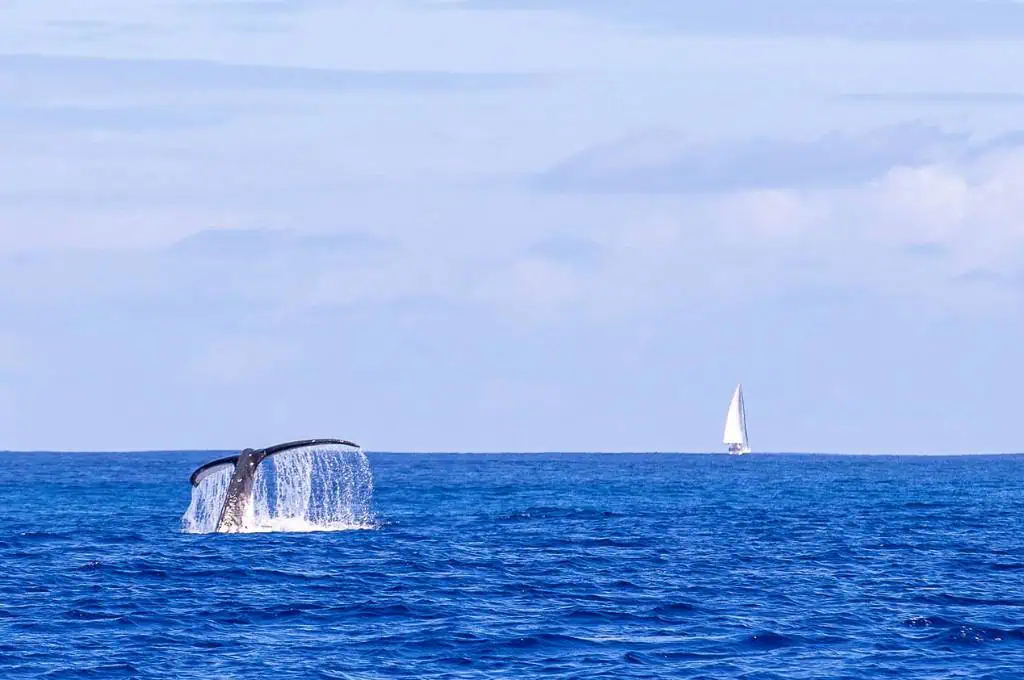
The best time to catch sight of humpback whales in Hawaii is between January and February. These months are part of the broader whale watching season that stretches from mid-December to April.
The ocean around the Big Island becomes a lively stage, with these magnificent creatures putting on a show. They leap out of the water, splash their massive tails, and sometimes swim right alongside boats.
Planning your trip during this peak season lets you experience one of nature’s most awe-inspiring displays. You might go out on a boat tour specifically designed for whale watching or spot whales from the shorelines.
Either way, seeing these giants up close is an unforgettable part of any Hawaiian vacation.
Remember, each visit supports local guides who know just where to find these sea giants. Plus, they share fascinating facts about their habits and role in the ocean’s ecosystem.
Whale watching on the Big Island isn’t just exciting; it’s also a chance to learn more about marine life directly from experts.
Manta Ray night snorkeling
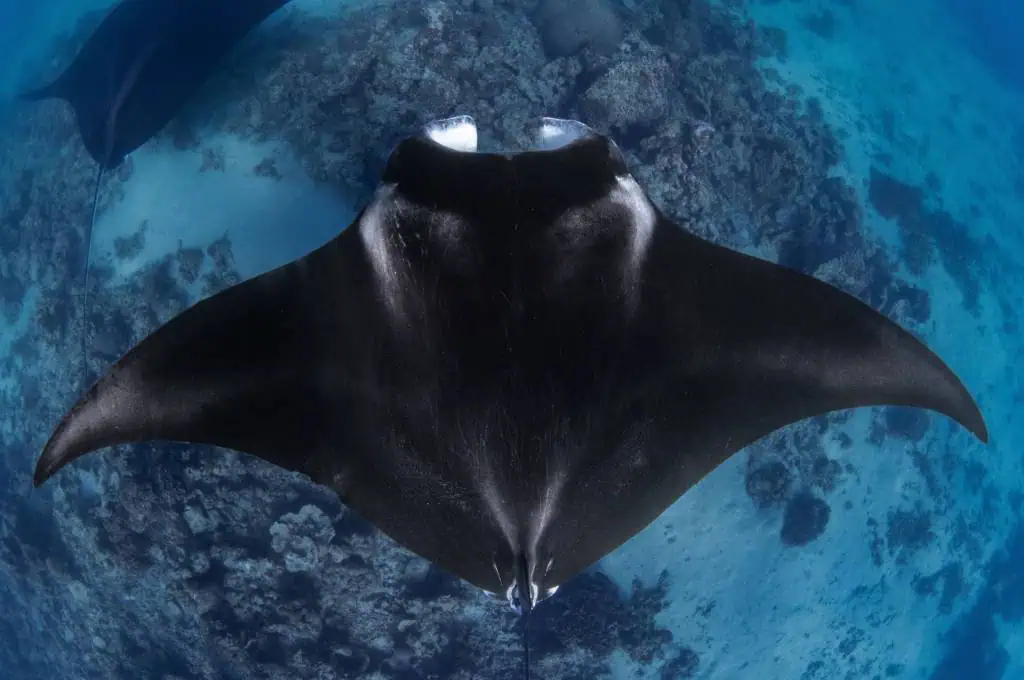
Manta ray night snorkeling is a magic event you can do all year on the Big Island of Hawaii. Ocean trips to see these huge, gentle creatures happen after dark. Lights placed in the water attract plankton, which then attracts manta rays.
You float on the surface and watch as they glide below you, sometimes coming very close.
Winter might change plans because ocean conditions get rougher. This doesn’t mean tours stop; they just might cancel more often if safety becomes a concern.
Planning your trip outside winter increases your chances for smooth sailing—or, in this case, snorkeling.
Each night out at sea brings surprise and wonder as no two experiences are alike with these majestic animals.
What makes it special is how close you get to nature in such a peaceful way—just floating, watching these giants move gracefully under the starlit sky.
Snorkeling
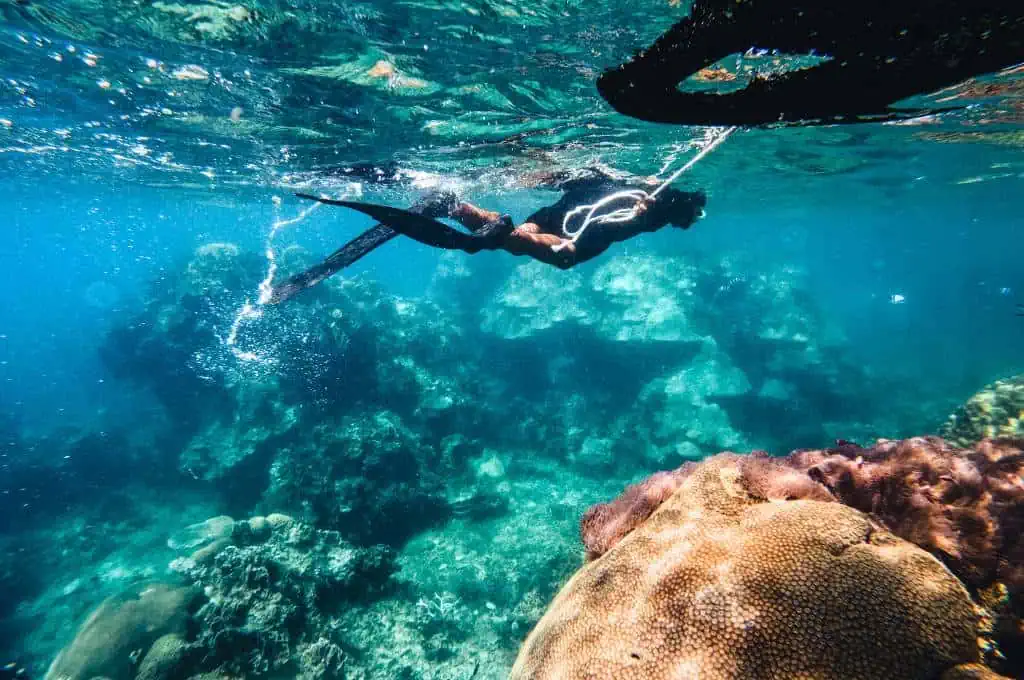
Snorkeling on the Big Island of Hawaii is best from May through September. These months offer calm ocean waters. This makes it easier and safer to see the colorful fish and beautiful coral reefs beneath the surface.
Visitors planning a trip for snorkeling should keep this time frame in mind. It’s when you will enjoy clear waters and sunny skies, perfect for underwater exploration around the island.
Cost, Crowd, and Travel Tips
Finding the balance between your budget and avoiding crowds is key. Check out flight deals and hotel prices online to save money. Also, think about visiting during less popular times.
This way, you’ll get more space to yourself without breaking the bank. Ready to learn more?
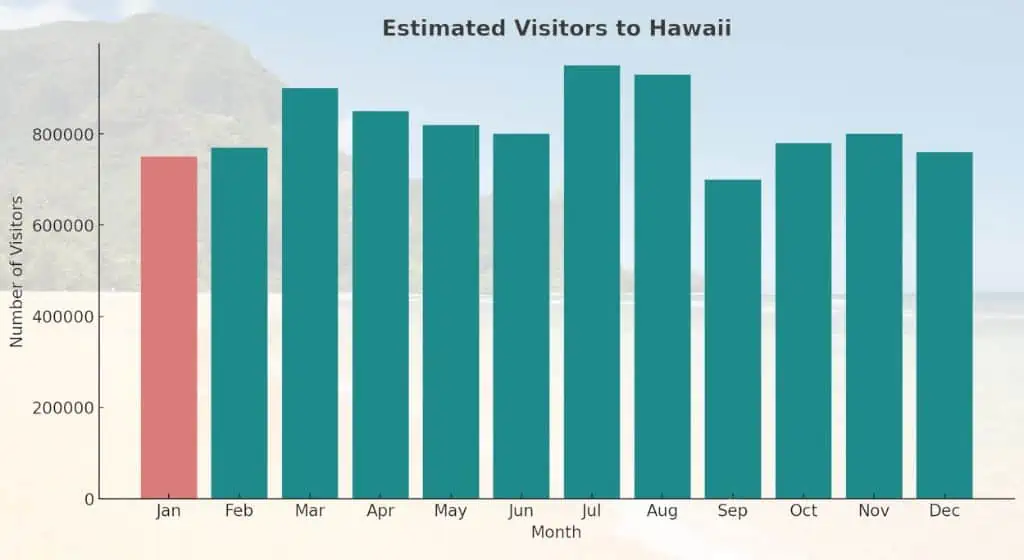
Cheapest month to visit
If you’re eyeing a trip to the Big Island of Hawaii and want to save some cash, timing is key. Get the most bang for your buck by planning your visit during the island’s cheapest months.
We’re talking significant savings, with hotel rates plunging as much as 33% compared to the busiest times of the year. Here’s a quick guide:
| Month | Why It’s Cheaper |
|---|---|
| May | Transition between spring break and summer vacations means lower demand and prices. |
| September | Summer crowds thin out, and a serene calm returns, making it less pricey. |
| October | Still off-peak, with the added bonus of lingering warm weather and fewer tourists. |
Choosing to visit in May, September, or October not only saves you money but also offers a more laid-back experience.
Less competition for the perfect beach spot, easier bookings for tours, and more intimate encounters with Hawaii’s stunning natural beauty.
Remember, savings on hotels mean more to spend on adventures, from snorkeling to exploring volcanoes. Pin down your travel dates in these budget-friendly months for an unforgettable Hawaiian getaway without the hefty price tag.
Times with the fewest crowds
Visiting the Big Island of Hawaii offers a unique experience, but timing is key, especially if you prefer fewer crowds. The island’s charm shines brightest when you can enjoy its attractions at a leisurely pace, without the buzz of too many tourists.
The best months for this, as you might guess, are April, May, September, and October.
These periods strike the perfect balance between pleasant weather and minimal tourist traffic, allowing for a more intimate exploration of the island’s wonders.
Here’s a quick glance at when you’ll find the fewest crowds on the Big Island:
| Month | Description |
|---|---|
| April | Post-winter relaxation, fewer visitors |
| May | Spring’s end, ideal for peaceful visits |
| September | Summer’s end, lesser crowds |
| October | Autumn’s start, minimal tourist presence |
These months provide a sweet spot for those looking to enjoy the Big Island’s wide array of activities – from exploring the lush rainforests and black sand beaches to visiting the active volcanoes – without the hassle of navigating through throngs of tourists.
This means more space for you at popular spots, less waiting time at restaurants, and better deals on accommodations.
Choosing to visit during these times not only makes your trip more enjoyable but also more immersive, as you can interact more closely with locals and dive deeper into the Hawaiian culture without the filter of excessive tourism.
It’s a win-win; you get a richer experience while contributing to the island’s economy in a more sustainable way.
So, consider planning your trip during these less crowded months. You’ll get to appreciate the island’s beauty and serenity in a way that’s simply not possible during the peak seasons.
Navigating the Big Island’s Seasons
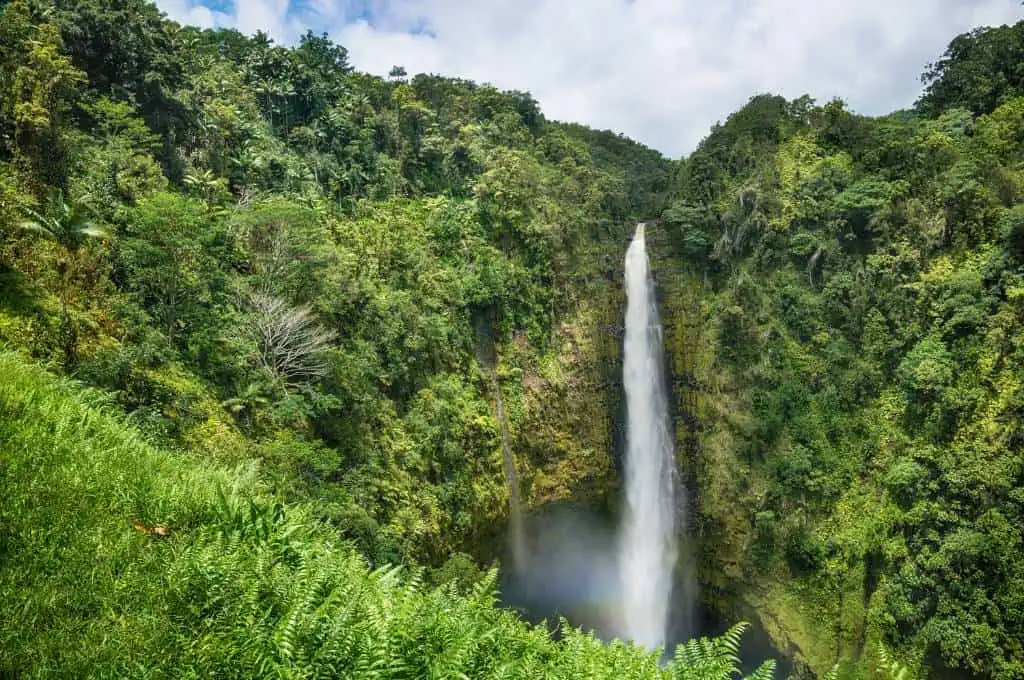
Navigating the Big Island’s seasons means knowing when to pack your sunscreen and when to bring an umbrella. The island has a hurricane season from June to November, where heavy rain and strong winds can happen.
But don’t worry too much—big storms are rare. Then there’s the peak tourist season, from mid-December through March, and again in summer. This is when you’ll see more people on the beaches and in hotels.
So, if you’re planning your trip, think about what you want to do and see. With a bit of knowledge about the weather patterns here, you can choose the perfect time for your Hawaii adventure.
Hurricane season
Hurricane season in Hawaii is from June 1 to November 30. During this time, the islands might get more storms than usual. But don’t worry too much – big hurricanes are rare here.
The last huge one was Hurricane Iniki in 1992. Still, it’s smart to keep an eye on the weather news if you’re planning a trip during these months.
If you’re visiting Hawaii during hurricane season, consider travel insurance policies that cover weather conditions. This way, you can enjoy your Hawaii vacation without stress about unexpected storms.
Stay updated with local news on travel and safety tips for a smooth experience on the island during these times.
Peak tourist season
The Big Island sees a lot of visitors flock in during the Christmas and New Year holidays. This time is bustling—there’s energy everywhere! People come from all over to celebrate, making it the island’s busiest stretch.
Prices tend to go up because everyone wants to find a spot for their holiday getaway. It’s also crowded around Independence Day and throughout the summer months when schools are out and families are eager to explore Hawaii.
This surge means more people at popular spots like Hawaii Volcanoes National Park, Mauna Kea, and beautiful beaches on both sides of the island. Finding that quiet spot or getting reservations can be tricky.
If you plan your trip around these peak times, prepare for higher costs and more company wherever you go.
For those seeking quieter moments, think about visiting between September and November.
You’ll enjoy pleasant weather with fewer crowds before the winter rush begins again. Plus, this period often offers better deals on accommodations as hotels want to fill rooms before the big holiday crowd rolls in again.
Worst Times to Go to Hawaii Island
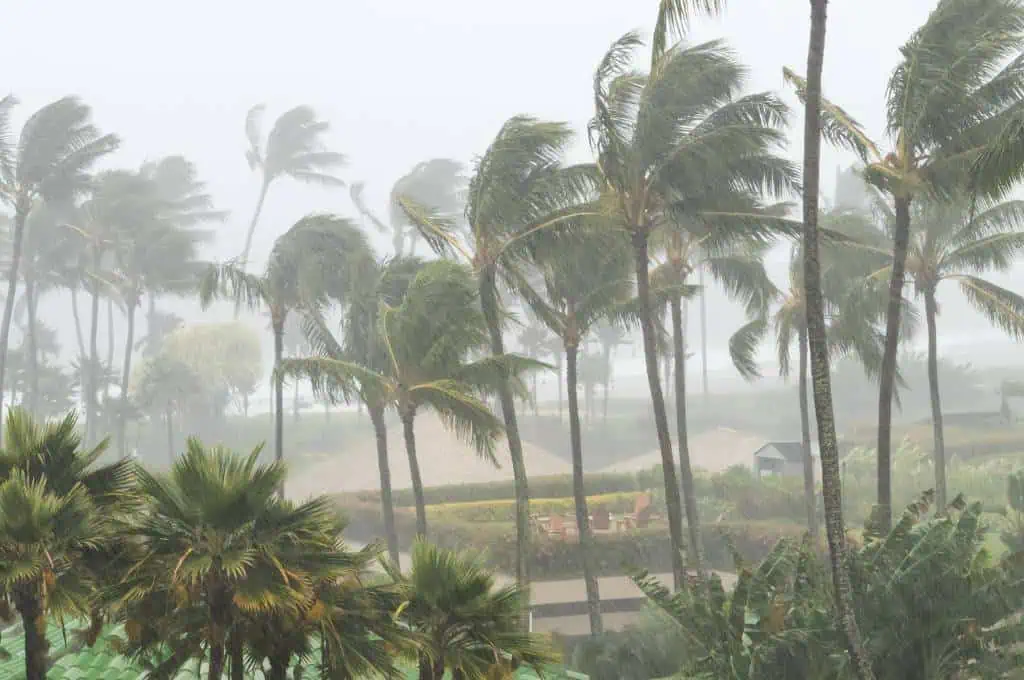
Avoid the Big Island during Christmas, New Year’s, Independence Day, and summer. These times are very busy and expensive. Visitors flock to Hawaii for holidays and school breaks, pushing up prices and filling hotels.
Rain from November through April hits hard on the east side. If you dislike getting wet, this is not your time. Summer brings crowds eager to enjoy warm weather but leads to packed spots and long waits.
Consider these tips before planning a trip to avoid stress and extra costs.
Best Time to Visit Hawaii Island Wrap-Up
As we wrap up our journey through finding the best time to visit the Big Island of Hawaii, we’ve discovered that timing really can make all the difference in your travel experience.
From enjoying the beautiful weather between September and November, to catching the perfect wave or marveling at humpback whales, planning your visit month by month allows you to maximize what you can see and do on this incredible island.
To maximize your Hawaiian vacation, aim for the sweet spot months that promise pleasant weather and fewer crowds, and consider the unique activities each season brings.
Don’t forget to account for the Hawaii hurricane season to avoid any unexpected weather surprises.
In conclusion, while there’s truly no wrong time to visit the Big Island thanks to its year-round beauty and adventure, some months do stand out more than others depending on what you want to experience.
So, whether you’re planning a trip to Hawaii to chase the summer sun or you’re looking to enjoy the island’s lush landscapes with fewer people, choosing the right time to visit can help ensure your trip is as magical as the island itself.
Let’s head to the Big Island and enjoy your time in one of the most beautiful places on Earth!
Enjoyed this Post About the Best Time to Visit the Big Island? (Pin it to save it!)

FAQs for the Best Time to Visit the Big Island
1. When’s the best time to visit the Big Island of Hawaii?
The best months to visit are September and October. The weather is great, and there are fewer visitors.
2. What side of the Big Island should I stay on?
Stay on the Kona side for less rain and more sun. It’s perfect for a vacation any time of year.
3. Can I visit Hawaii in winter?
Yes, December to March is an excellent time too, especially if you enjoy cooler temperatures but remember it’s busier then.
4. Are there special events I shouldn’t miss?
Definitely! Don’t skip King Kamehameha Day, Merrie Monarch Festival, or the Kona Coffee Cultural Festival – they’re celebrated big here!
5. Will it rain during my visit?
It might if you’re visiting during rainy months like November through March—especially on higher elevations or the north shore.
6. Is summer a bad time to go because of hurricanes?
Not really; while hurricane season runs from June through November, visits can still be enjoyable with proper planning.
RELATED POSTS
Ultimate Big Island Luau Guide to the Best Luaus on the Big Island of Hawaii (2024)
[dssb_sharing_buttons icon_placement="icon" columns="2" _builder_version="4.24.2" _module_preset="default" box_shadow_style_icon="preset1"...
2024 Merrie Monarch Festival: A Celebration of the Art of Hula and Hawaiian Culture – Big Island, March 31 – April 6
2024 Merrie Monarch Festival Returns to Hilo on the Big Island, a week-long celebration of Hawaiian culture, featuring hula competitions, arts and crafts, and honoring King David Kalākaua’s legacy.
Christmas on the Big Island of Hawaii: The Ultimate Guide to the Big Island During the Holidays (2023)
Discover the ultimate guide to celebrating Christmas on the Big Island of Hawaii. From festivals to parades, experience a festive holiday season in Kailua-Kona and Hilo.
Bryan Murphy is the owner of Hawaii’s Best Travel and is a recognized authority on responsible travel to Hawaii. Combining years of on-ground experience with insights from the top-rated podcast, Hawaii’s Best, he connects with a broad online community, offering a richer, more responsible way to experience Hawaii.


